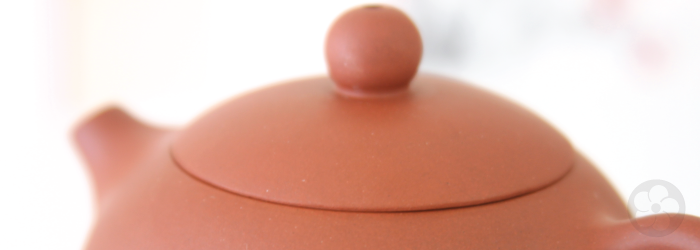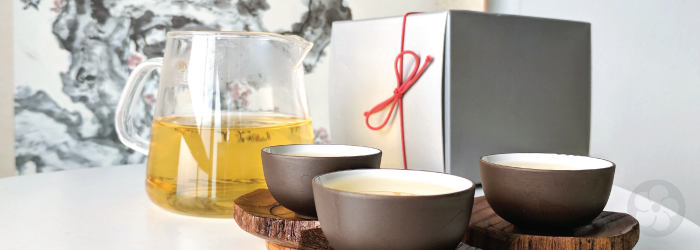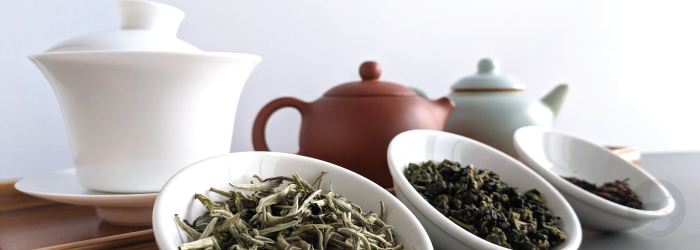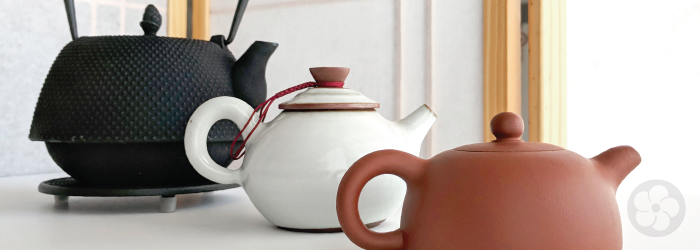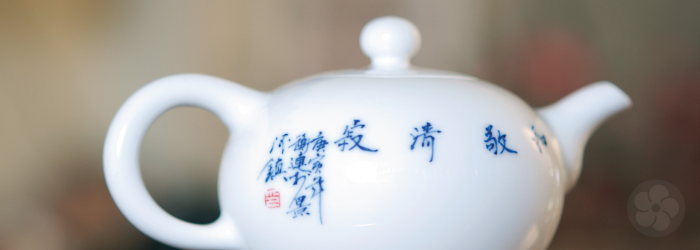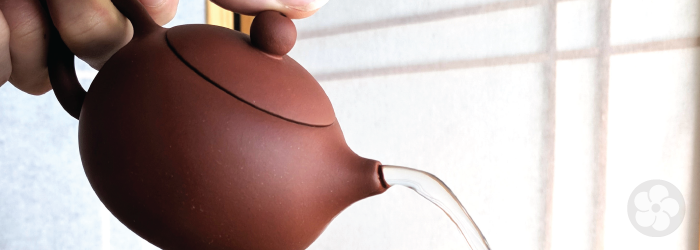3 Simple Steps to Brew the Perfect Cup of Tea
For those new to tea, the brewing process can be intimidating, especially if your first exposure to loose leaf brewing involved a showy sampling in traditional gong fu cha style. The specialized teaware, high tech gadgets, and precise methods of tea connoisseurs can all serve a purpose in the enjoyment and appreciation of tea, but brewing the perfect cup doesn’t have to be complicated. With the three adaptable steps in this article, you will be able to brew great tea in any context, with whatever equipment you have on hand.
Continue reading


